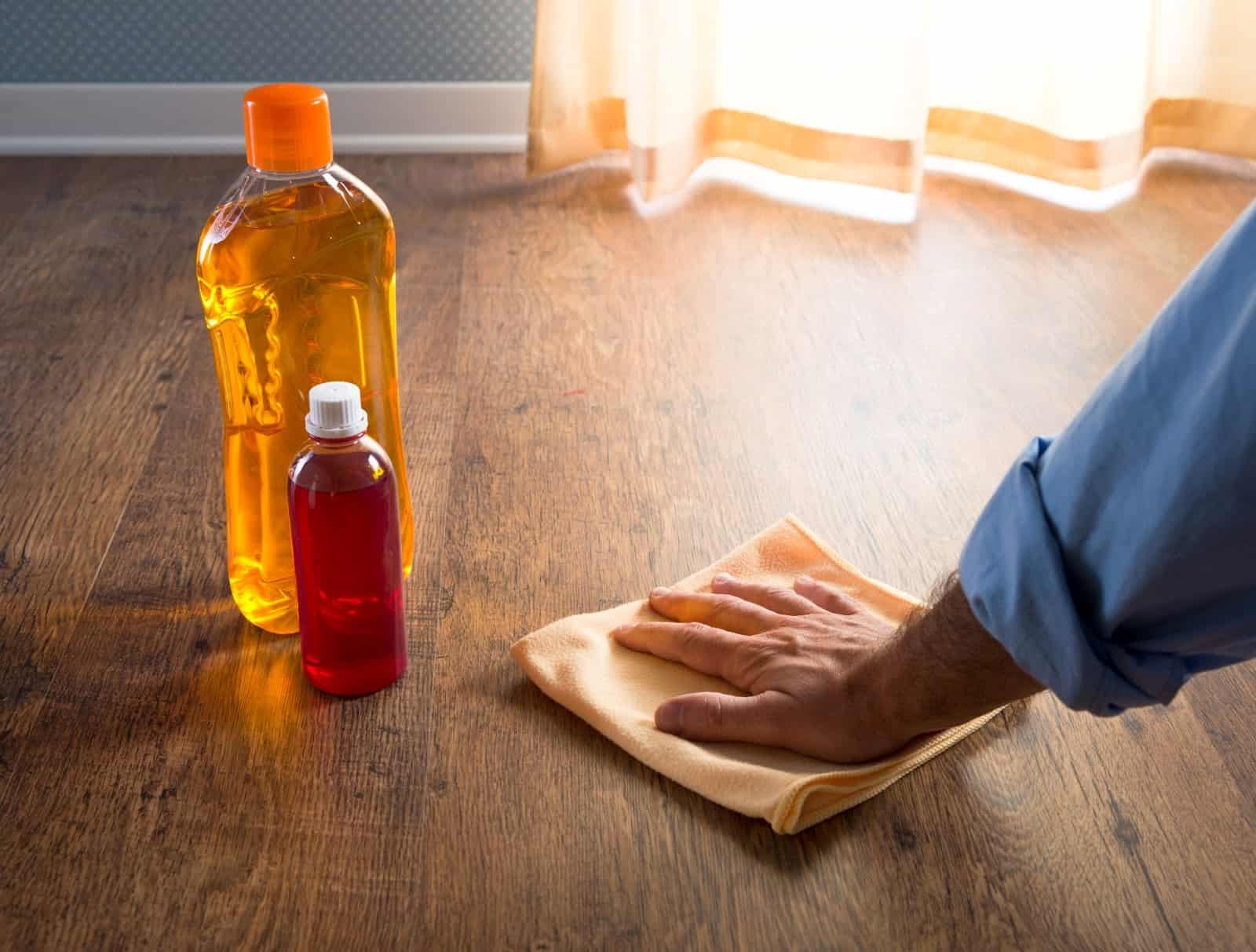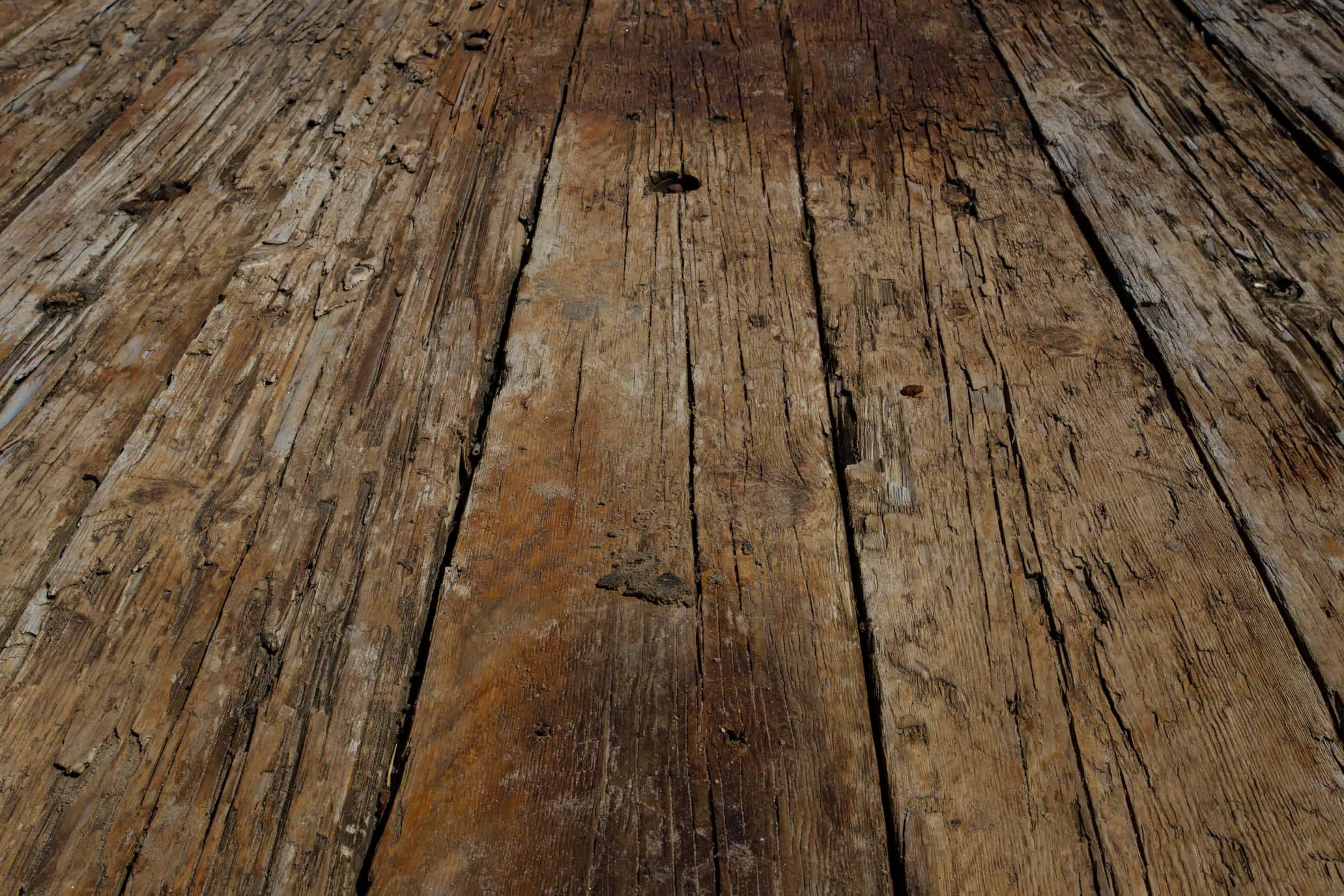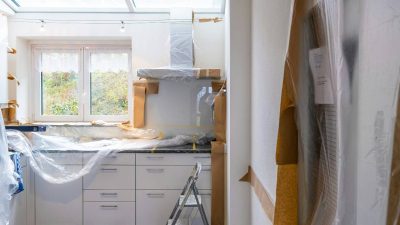Owning a home is a dream come true for many, but maintenance tasks are part of the price we pay for that privilege. Take timber decay, for instance. From minor chipping to outright collapse, wood rot can take all kinds of forms and often rapidly transform a small repair job into a major nightmare.
Wood rot and timber decay are unfortunately common issues that all too many homeowners in the UK encounter at some point. You may have heard of dry rot, wet rot or wood-destroying fungi – a phenomenon that occurs when microscopic fungi or insects attack and begin to break down the cell walls in wood. Left unchecked, timber decay can not only create unhealthy living conditions, it can also cause tremendous structural damage. What’s more, the early signs are often subtle – a bit of sagging, some bubbling paint, doors not closing quite right. Addressing decay issues promptly is critical to prevent the problem from getting out of hand.
This article will examine the most common types of timber decay found in our homes, their causes, the tell-tale signs and most importantly, what you can do to deal with the issue. While some cases will require calling in professional expertise, there are several steps to take to treat and isolate many types of decay in the early stages if you are a homeowner or landlord. Being informed and vigilant is vital – catching decay early, and other signs of unexpected damage in properties, not only saves your wood structures, but also prevents exponentially costlier repairs down the line.
What are the signs of wet rot?
Wet rot is the most common and destructive type of fungus that attacks wood in our homes. Unlike dry rot, it needs constant moisture to thrive. Plumbing leaks, rain damage and poor air circulation provide the dampness that wet rot loves.
This fungus munches away at the wood cells, causing decay. Early signs are spongy patches and discolouration. Later, you’ll see mushy sections, sagging boards, paint bubbling and growths of yellow, brown or white mould. The musty odour gives it away too. The best way to starve wet rot of the moisture it needs to grow is by fixing leaks quickly and improving ventilation. Catch it early before major damage is done. Letting wet rot feed invites severe destruction and costly repairs.
How can you tell if you have dry rot?
Dry rot is deceptive – it doesn’t need much moisture to spread destruction. This brown fungus (Serpula Lacrymans) decays the cells that give wood its strength and structure. The result is cracks, crumbling and wood so brittle it can snap. Dry rot’s tell-tale signs include spreading fungal mushrooms, damp patches, gaps between boards and a slight musty smell. While rare, dry rot advances rapidly across wood elements if left alone and is tricky to eliminate fully.
Prevention is key. Keep wood dry, replace infected parts promptly and fix moisture sources like leaks. Dry rot is too difficult for DIY removal – your best bet is to call in a dry rot expert to stop its attack. Some specialist companies such as this one use dry rot sniffer dogs to detect its presence. Catch it quickly before the fungus compromises wood integrity throughout your home.
Which common woodboring insects should you look out for?
Watch out for the common furniture beetle, the house longhorn beetle, the powderpost beetle and the infamous deathwatch beetle – they’re all on a mission to tunnel and nest in the timber elements of your home. Signs of infestation include tiny holes, hollowed out areas, weak spots and frass (bug debris). These pests munch away inside, causing serious decay.
Sealing cracks and keeping moisture below 20% helps deter invaders. Limited invasion may be controlled with targeted sprays, but heavy infestations often require professional pest removal. Left unchecked, tiny woodborers can cause enormous damage. Their endless appetites threaten wood structures. Stop them before they eat away at your home’s integrity. Don’t give pests free rein to make a meal out of your wood!
Are there any effective DIY treatments against timber decay?
Though some severe cases of wood decay call for professional help, there are several DIY steps you can take to address issues in their early stages:
- Regularly inspect wood elements like support beams, floors, decks and finishings for early signs of decay like cracks, drips, warping or hole clusters. The sooner you spot trouble, the better.
- Improve air circulation and ventilation wherever possible to create a less hospitable environment for fungi. Ensure crawlspaces and attics aren’t stagnant.
- Absorb or divert any moisture from leaks immediately. Fix dripping pipes or seals around windows and doors right away to deprive fungi of their water supply.
- In small affected areas, use a fungicide product formulated for wood decay. Follow all safety directions and containment measures during application.
- Replace any extensively rotted wood that is no longer salvageable. Look for signs of structural compromise. Discard all infected materials.
- For beetle or other insect invasions, apply targeted insecticide sprays or powders in limited infestations. Use protective equipment when needed.
- If surface decay is visible, sand and refinish any areas to both remove fungi and restore appearance.
If you catch the first signs of timber decay early and act on it quickly, you can likely handle small patches yourself with a basic knowledge of DIY treatments. But don’t try to take on more than you can handle – if the decay is extensive or you’re unsure how to stop it, get professional help.
When to call for professional assistance
Though DIY solutions can go a long way, there are certain situations where you will need to bring in an expert:
- If the decay is widespread across many structural elements or covers large surface areas – severe infestations need professional equipment and manpower.
- If the source of excessive moisture behind the decay is unclear and persists after repairs – a specialist can fully diagnose and remedy the root cause.
- If critical support structures are compromised and complex repairs or replacements are necessary – a structural engineer may need to assess safety.
- If the decay requires demolition of interior walls or finishes to access and replace damaged wood – professionals can contain the mess and debris.
- If invasive woodboring pests require specialist treatment across your entire property – exterminators have the proper tools and training.
- If you need to remove mould in addition to addressing timber decay – certified professionals adhere to strict containment protocols.
- If the project requires working at dangerous heights or with hazardous materials and electrical systems – leave it to licenced experts!
Even though it may cost more, professionals timber decay companies have the expertise, equipment and certifications to fully rectify major wood rot issues safely. Don’t put yourself or your home at risk – call for backup when needed.
Final takeaways
Keeping your home’s wooden elements safe from deterioration requires keeping your eyes open and acting quickly if necessary. With diligent DIY care and knowing when to call in reinforcements, you can stay on top of timber decay and prevent severe destruction. Your home is a valuable investment – protect it.
Here are our key takeaways:
DO:
Regularly inspect for early signs like warping, holes, drips, or fungus growth.
Address plumbing leaks immediately to eliminate moisture sources.
Improve ventilation wherever possible to deter fungi.
Treat limited cases early using fungicide/insecticide products.
Replace extensively damaged wood that cannot be salvaged.
Call professionals for major structural issues or insect infestations.
DON’T:
Let leaks persist and enable decay to spread.
Ignore signs of decay until major damage is done.
Attempt complex structural repairs yourself.
Disturb mould without proper protective equipment.
Delay treatment assuming the problem will go away.












